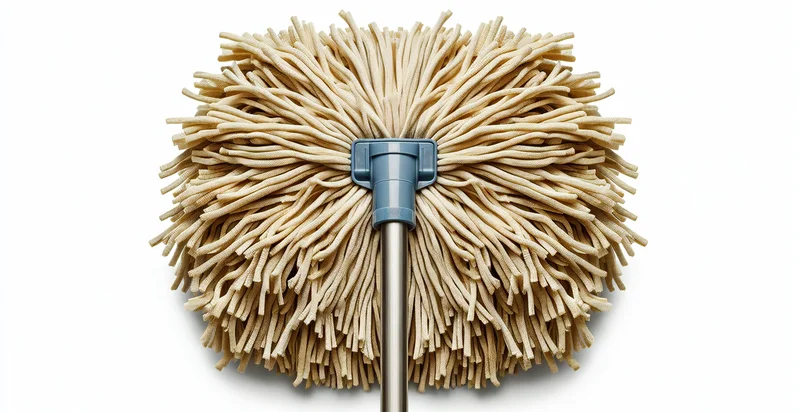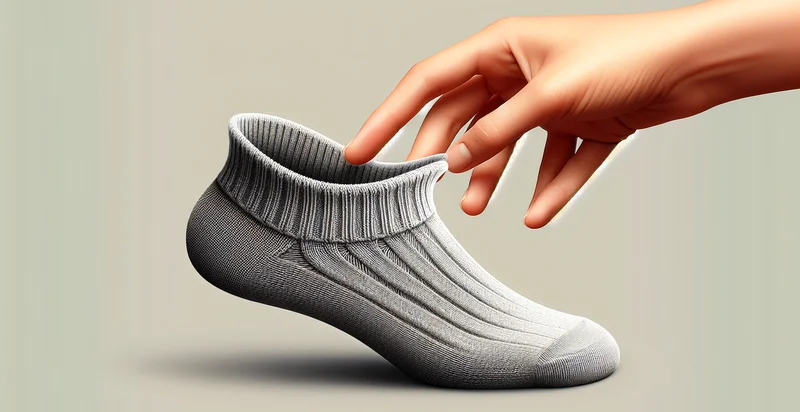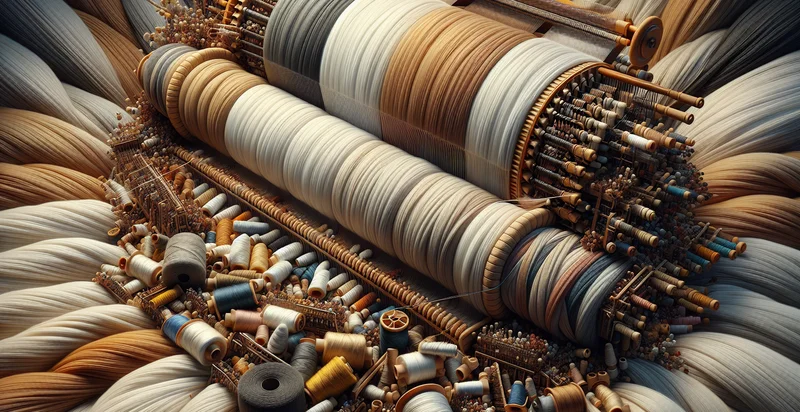Identify what material an incense holder is made from
using AI
Below is a free classifier to identify what material an incense holder is made from. Just upload your image, and our AI will predict what material the incense holder is made from - in just seconds.

Contact us for API access
Or, use Nyckel to build highly-accurate custom classifiers in just minutes. No PhD required.
Get started
import nyckel
credentials = nyckel.Credentials("YOUR_CLIENT_ID", "YOUR_CLIENT_SECRET")
nyckel.invoke("what-material-an-incense-holder-is-made-from", "your_image_url", credentials)
fetch('https://www.nyckel.com/v1/functions/what-material-an-incense-holder-is-made-from/invoke', {
method: 'POST',
headers: {
'Authorization': 'Bearer ' + 'YOUR_BEARER_TOKEN',
'Content-Type': 'application/json',
},
body: JSON.stringify(
{"data": "your_image_url"}
)
})
.then(response => response.json())
.then(data => console.log(data));
curl -X POST \
-H "Content-Type: application/json" \
-H "Authorization: Bearer YOUR_BEARER_TOKEN" \
-d '{"data": "your_image_url"}' \
https://www.nyckel.com/v1/functions/what-material-an-incense-holder-is-made-from/invoke
How this classifier works
To start, upload your image. Our AI tool will then predict what material the incense holder is made from.
This pretrained image model uses a Nyckel-created dataset and has 15 labels, including Aluminum, Bamboo, Brass, Ceramic, Clay, Concrete, Copper, Crystal, Glass and Marble.
We'll also show a confidence score (the higher the number, the more confident the AI model is around what material the incense holder is made from).
Whether you're just curious or building what material an incense holder is made from detection into your application, we hope our classifier proves helpful.
Related Classifiers
Need to identify what material an incense holder is made from at scale?
Get API or Zapier access to this classifier for free. It's perfect for:
- Material Classification for E-commerce: This use case involves an online marketplace where incense holders are sold. The false image classification function can automatically identify the material of each incense holder based on product images, helping customers filter products by preferred materials such as wood, ceramic, or metal.
- Quality Control in Manufacturing: In a manufacturing environment, the function can be employed to assess the material consistency of incense holders during quality control inspections. By identifying discrepancies in material composition from the images, manufacturers can ensure that products meet quality standards before they reach the market.
- Inventory Management: Retailers could leverage this function to streamline inventory processes. By classifying incense holders based on their material from images taken in the warehouse, businesses can categorize and manage stock levels more effectively and improve reporting accuracy.
- Eco-Friendly Product Certification: Companies focused on sustainability can use the image classification function to identify materials for eco-friendly certification. By determining the sources of raw materials, businesses can promote transparency and authenticity in their product offerings, appealing to environmentally conscious consumers.
- Customization and Personalization Recommendations: Companies offering customizable incense holders can use the function to recommend material options based on customer preferences. By identifying materials from images, businesses can tailor suggestions, enhancing user experience and boosting sales.
- Market Trend Analysis: Market analysts can utilize the function to analyze consumer preferences based on the materials used in popular incense holders. Identifying trends through image classification helps businesses formulate better product development strategies and align inventory with market demand.
- Augmented Reality (AR) Shopping Experiences: Retailers can enhance AR shopping experiences by incorporating the image classification function. When customers visualize incense holders in their environment, the function can also provide instant information about the materials used, helping shoppers make informed decisions on their purchases.


